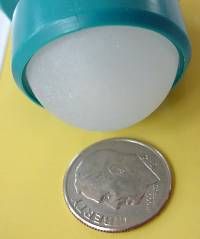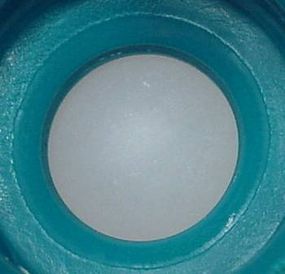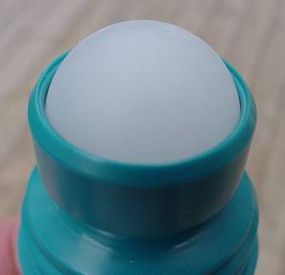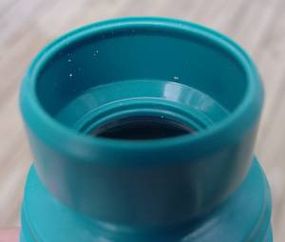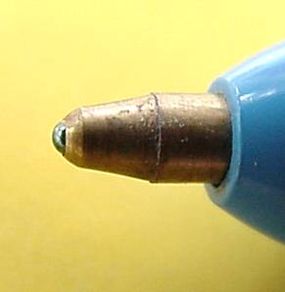Ink is a fluid or paste that comes in a variety of colors -- usually black or dark blue -- used for writing and printing. It is composed of a pigment or dye dissolved or dispersed in a liquid called the vehicle.
According to Encyclopedia Britannica, writing inks date from about 2500 BC and were used in hieroglyphics found in ancient Egypt and China. They consisted of lampblack ground with a solution of glue or gums. The resulting mixture was molded into sticks and allowed to dry. Before use, the sticks were mixed with water.
Various colored juices, extracts, and suspensions of substances from plants, animals, and minerals also have been used as inks, including alizarin, indigo, pokeberries, cochineal, and sepia. For many centuries, a mixture of a soluble iron salt with an extract of tannin was used as a writing ink and is the basis of modern blue-black inks.
Modern quick-drying inks usually contain three things:
- The vehicle
- Coloring ingredients Pigments Agents Lacquers
- Additives
The ink vehicle can be either plant-based (linseed, rosin, or wood oils), which dries by penetration and oxidation, or solvent-based (such as kerosene), which dries through evaporation. The vehicle is a faint bluish-black solution that is difficult to read.
To make the writing darker and more legible, coloring ingredients (dyes) are added. Coloring ingredients can be pigments, which are fine, solid particles manufactured from chemicals, generally insoluble in water and only slightly soluble in solvents; agents, made from chemicals but soluble both in water and in solvents; or lacquers, created by fixing a coloring agent on powdered aluminum.
Black, the standard ink color, is derived from an organic pigment, carbon. Colored pigments are inorganic compounds of chromium (yellow, green, and orange), molybdenum (orange), cadmium (red and yellow), and iron (blue).
The additives stabilize the mixture and give the ink additional desirable characteristics. Depending on the medium that the ink is being made for (pens, printing presses, printers) and the material to be printed, the proportions change.
In the case of ballpoint pen ink, the ink is very thick and quick-drying. It is thick so that it doesn't spill out of the reservoir, but thin enough that it responds to gravity. That is why a normal ballpoint pen cannot write upside-down -- it needs gravity to pull the ink onto the ball.

